No, it’s not politically correct to call them junkyards, but that’s the term we use among ourselves, isn’t it? I’ve never been big on euphemisms.
I was just a boy when I first visited one, deep in the piney woods of New Jersey. Trying to keep a ‘40 Ford running with the finances of a rural high-school kid, it was my only option. The trans needed synchos badly, but it was a ‘36 “floor-box†with straight-cut gears, and all the transmissions I opened up out in the sun that day had helicals, so there’d be no sale.
That didn’t matter much to the proprietor, Red, whose hair had bleached beyond his name. We had a long chat in the rusting, listing school bus that served as his office. He seemed to be introducing me to a different culture, one of infinite and inexpensive mechanical potential, and of beer, greasy mud, and skinned knuckles.
I was fascinated. The stacks of every kind of used-up vehicle and heaps of parts were testament to mankind’s relentless pursuit of technology and transportation. Observing the rotting remains of this pursuit gave me such a philosophical jolt that I later wrote a novel about it, entitled, aptly enough, “Junkyard.â€
On one of my early visits to Red’s, I saw a chromed 392 Hemi with two AFBs on it in a candy-apple red ‘56 Ford pickup sitting immaculate in the mud lane with the hood up. I never found out why what looked to me like a show vehicle was doing in such a disreputable place, but it’s unlikely the owner was digging up used parts for it.
Which is not to say that you never found stuff there that could be construed as contributing to high-performance. Boys like me might have had little money, but we had big dreams. You could perhaps acquire a four-barrel manifold to replace one that only had two holes in it — with the carburetor thrown in! Or, a pair of big Lincoln resonators that passed as low-restriction mufflers. A tach might be found fastened to a steering column with a worm-gear clamp, or a set of aftermarket gauges might be screwed to the underside of the dashboard. If you arrived early enough on a Saturday, you could have a good chance at a used pair of “Fat Cat†tires to give you more traction for street racing.
I became a regular patron of Red’s, and I had good luck with the parts I bought, whether engines, transmissions, rears, or whatever. Then I guess I got more sophisticated about the business of fixing cars, and I started overhauling things with new parts instead of buying used, so I lost touch.
Maybe 20 years ago on a trip to N.J., I took a notion to stop in and see how things had changed. They hadn’t; not really. I was sorry to hear that Red was long deceased, and that his son, Bobby, with whom he had shared the business, had died of a heart attack. The grandson was running the place, controlling cash flow by means of a big wad of bills in his pocket, just as his dad and grandpa had. Customers were still wandering in and addressing the owner respectfully, remembering the holy litany — as Bobby used to say, “Year, make, and model, you dumb (expletive deleted),†or just hanging around soaking up the testosterone-laden atmosphere.
Certainly, this was a mere vestige, no more than a reminder of the way we were. It’s a powerful reminder nevertheless, and I feel bad that it has probably disappeared beneath the relentless heel of regulation and the techno-giant called progress.
Now, we have web sites for the marketing of recycled parts, such as www.iSalvage.com. No need to get grease under your fingernails or slosh around in a motor oil-contaminated swamp to find an elusive component. There’s no time for that kind of inefficiency, anyway. We all must produce, produce, produce. The wild-and-woolly days are over, although there are surely still pockets of primitive commerce that don’t know it yet.
Would I like to go back to the era of low pay and cheap, but dubious, short-lived repairs and modifications? I guess not, but some of the fun has definitely gone out of the thing. Maybe that’s true of modern life in general.

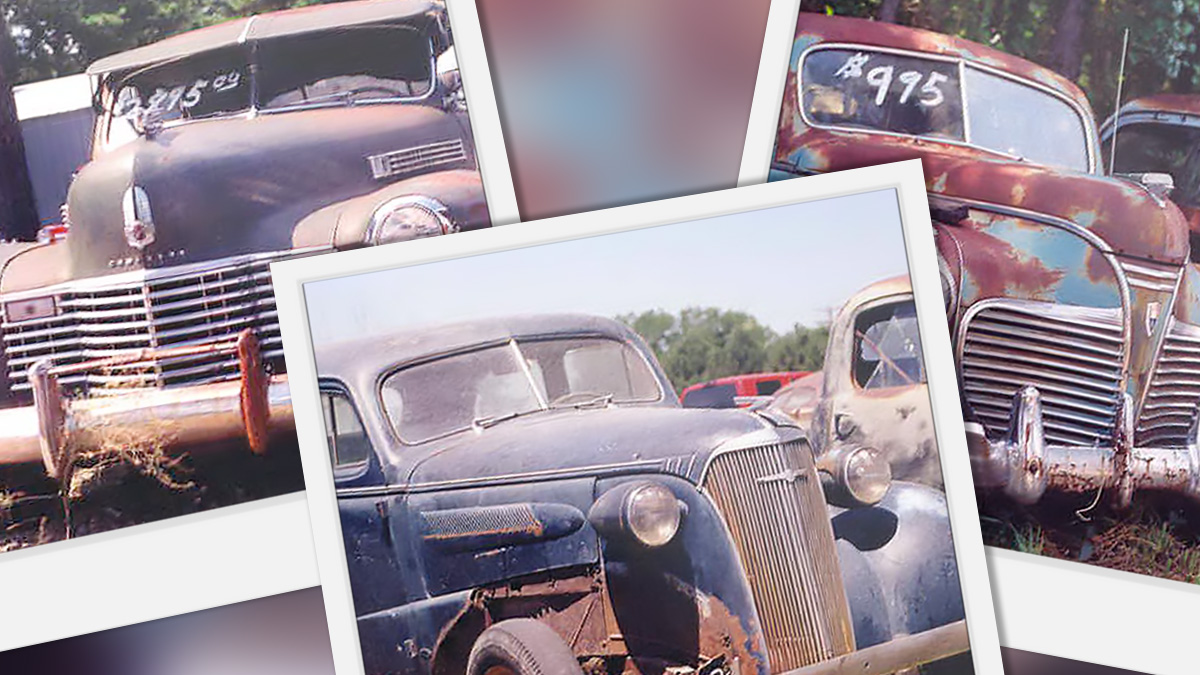
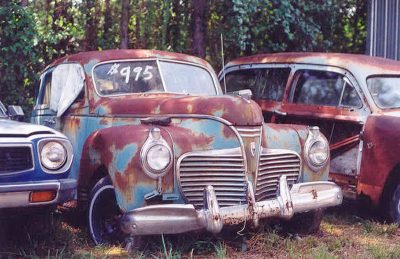
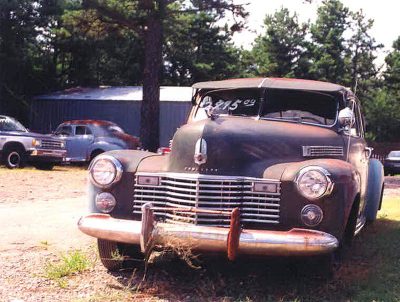
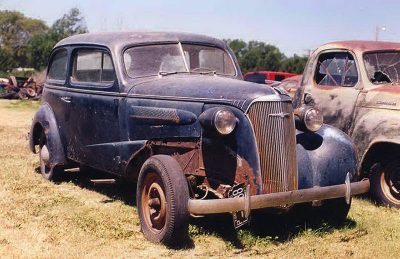
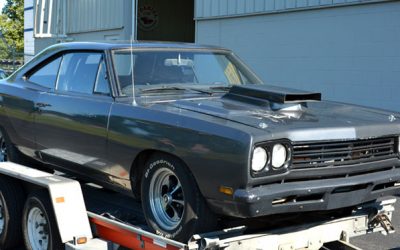
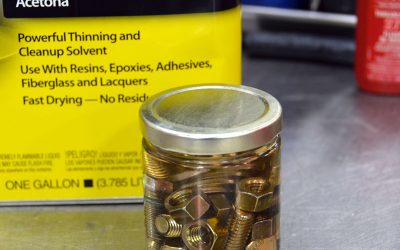
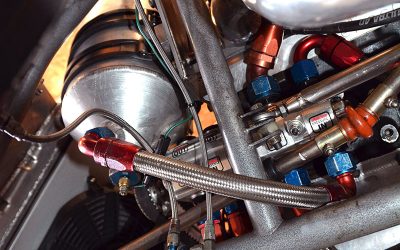
0 Comments